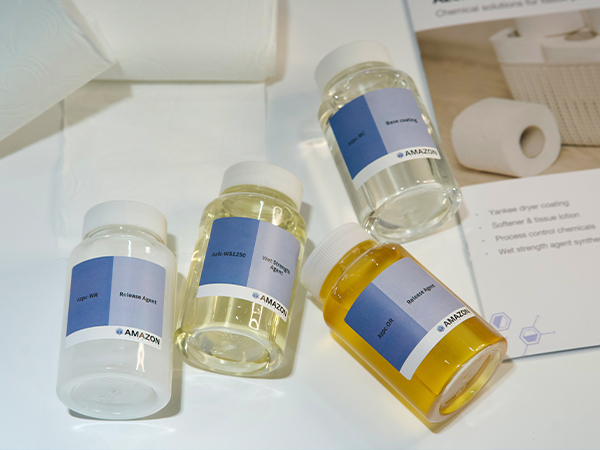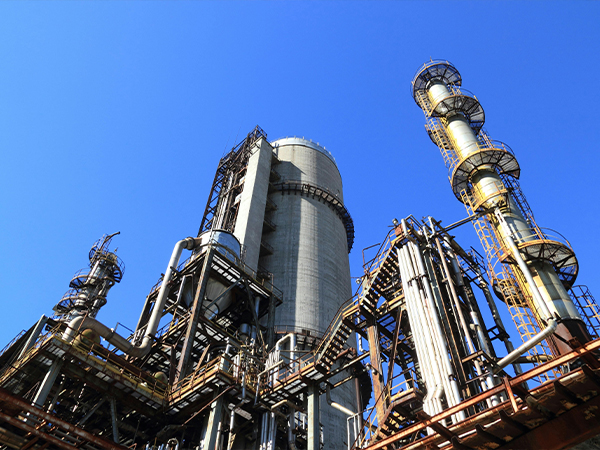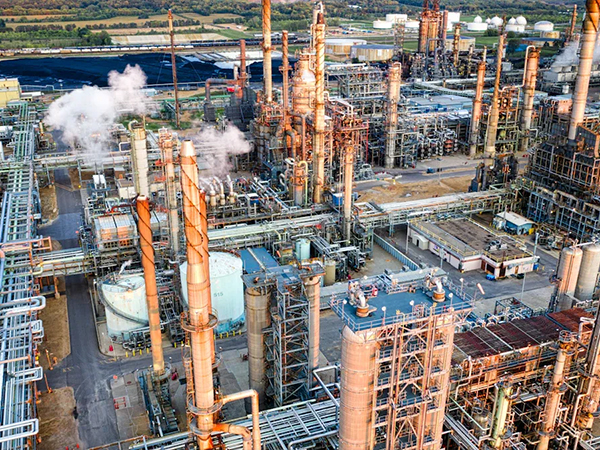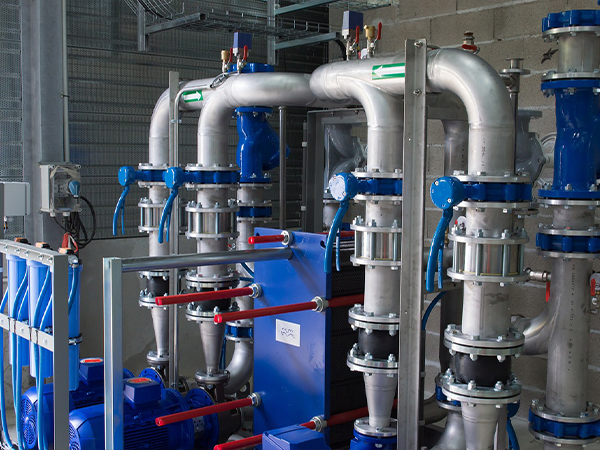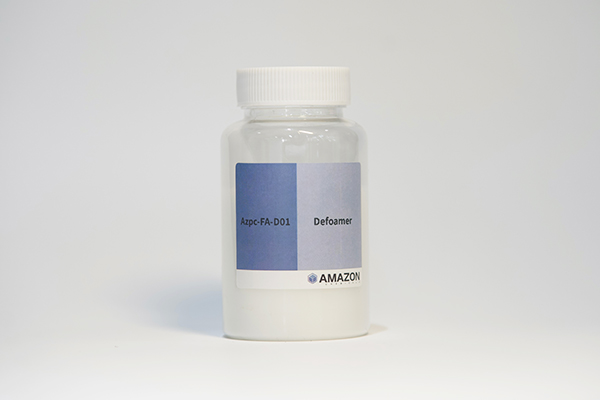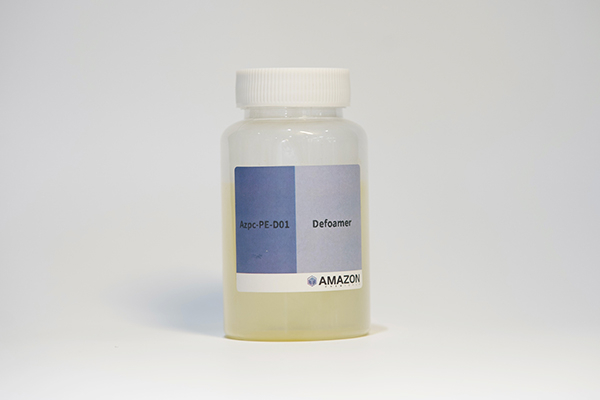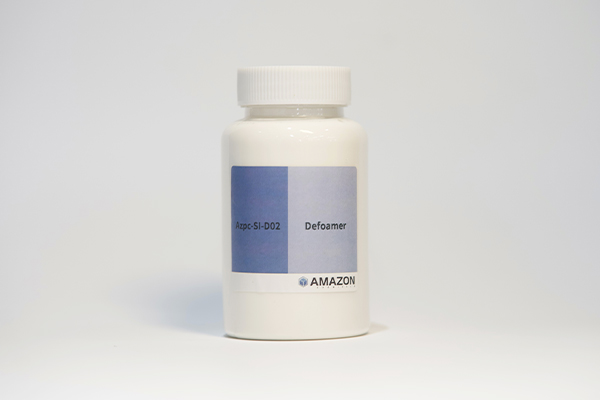Market Size & Growth
Recent reports highlight the impressive momentum in the global defoamer market:
- The overall market is expected to grow from US$3.52 billion in 2024 to US$5.42 billion by 2033 (CAGR ~4.9%) .
- Specifically, polyether-based defoamers (used widely in pulp & paper, coatings, water treatment, etc.) are projected to reach US$2.8 billion by 2033 (from US$1.5 billion in 2024) at a 7.5% CAGR .
- Silicone defoamers maintain advantage in specialty applications and are forecast to grow at ~5% CAGR—expected to hit about US$3.2 billion by 2028 .
Fastest-Growing Segment: Bio-based Defoamers
Eco-friendly alternatives are surging:
- The bio-based defoamer market is already worth ~US$1.2–1.5 billion in 2024–2025, with a strong CAGR of 7–8% projected through 2033 .
- Growth is being propelled by stricter environmental regulations (e.g., EU VOC limits), consumer demand for sustainability, and industrial initiatives in food, personal care, and paper sectors .
What’s Fueling the Surge?
- Regulatory pressure: Governments globally are enforcing eco-friendly chemical standards, spurring demand for high-performance low-VOC defoamers .
- Industrial expansion: Growth in pulp & paper, coatings, water treatment—and especially high-speed paper machines—increases need for reliable foam control .
- Innovation & sustainability: Companies are launching bio-based and nano-structured solutions, e.g., Dow, Wacker, BASF.
Regional Focus
- Asia‑Pacific dominates via rapid industrialization in China and India, particularly in coatings and paper production.
- Europe & North America maintain leadership in sustainable defoamer adoption due to strict environmental norms .
Market Outlook & Challenges
- Rising raw material costs: May pressure margins amid fluctuating oil prices.
- Intensifying competition: Global players like Dow, BASF, Evonik, Wacker face pressure from regional producers .
- Performance trade-offs: Bio-based alternatives still lag slightly in harsh industrial conditions—R&D remains key.
Takeaways for Industry Stakeholders
- Adopt bio-based defoamers to stay ahead of regulatory pushes and meet end-user eco-preferences.
- Keep up with innovations, especially in nano-structured and hybrid silicone/polyether blends.
- Tailor offerings by region—Asia-Pacific demands scale, Europe focuses on sustainability.
- Balance eco-performance-cost dynamics: alignment with client needs and industry strengths is essential.
For producers of defoaming agents—especially your Azpc® silicone, polyether, or fatty-alcohol lines—this is a pivotal moment: emphasize environmental credentials, align with regulations, and highlight performance in targeted industries like papermaking and coatings.


